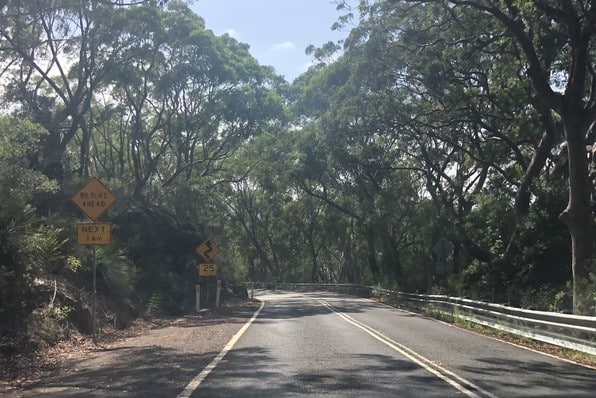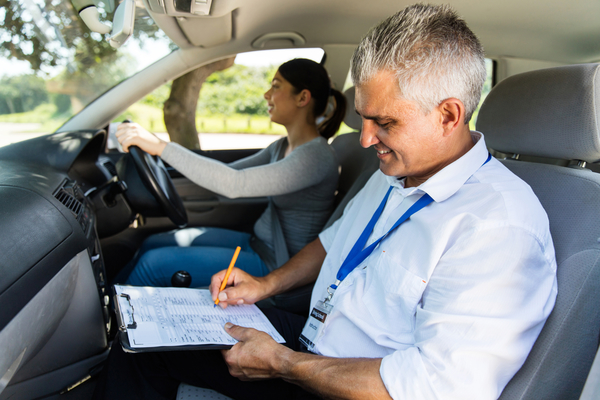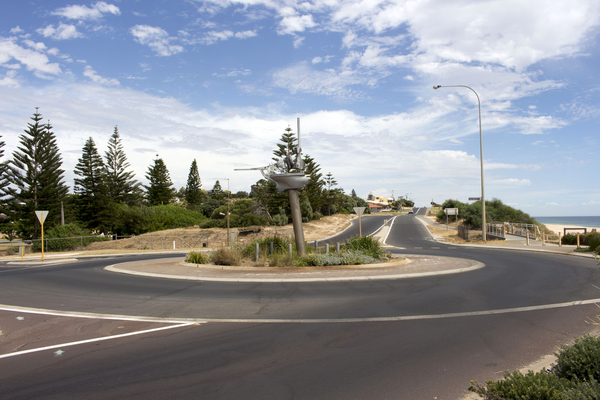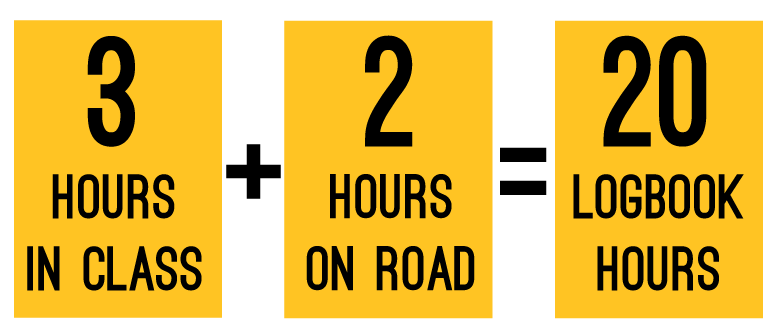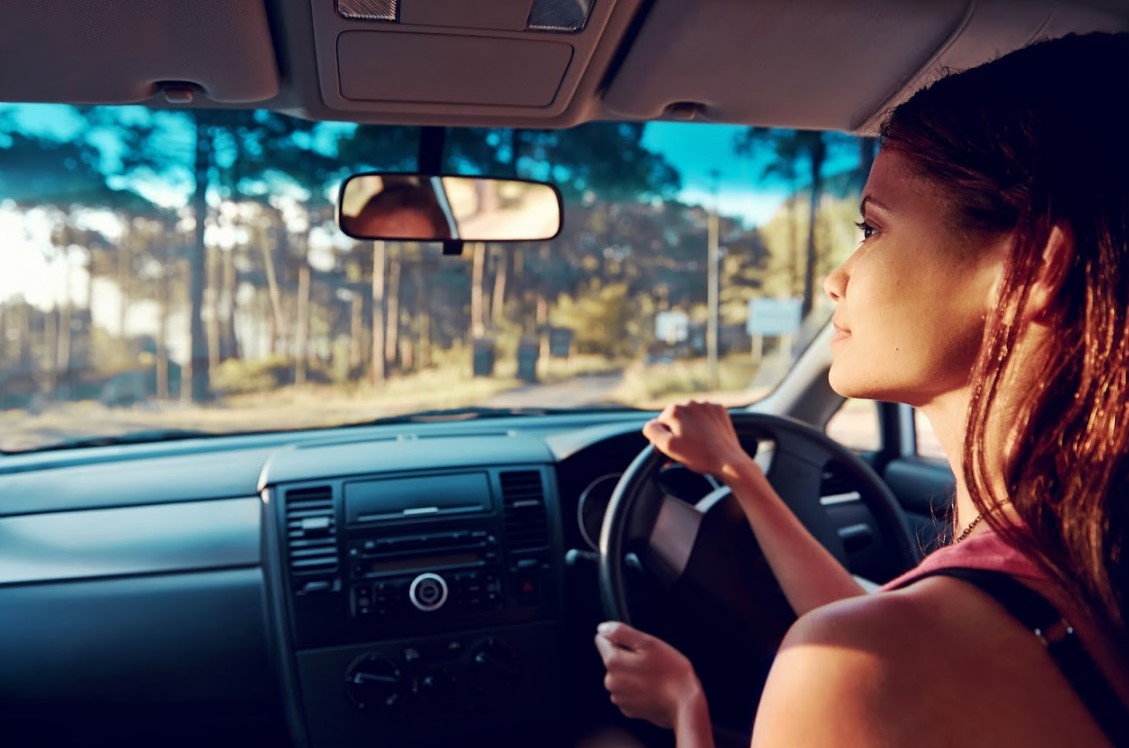There are plenty of ways to learn something new but when it comes to driving, experience is the best teacher. Typically the journey to earning your drivers licence takes place over four years – the system was designed to give learners plenty of time to gain confidence on the road and develop safe driving habits. Four types of testing modules were also in place to ensure drivers were ready to be on the road. But despite these precautionary processes, provisional 1 (P1) and provisional 2 (P2) drivers accounted for 15% of fatalities in NSW last year.
The alarming numbers prompted a revision to the way drivers were taught and tested.
As of November 20th 2017, the Roads and Maritime Services will introduce pivotal changes to the way drivers in NSW are tested for a full, unrestricted licence.
In a nutshell

Drivers are only required to take the HPT once – before the P1 driving test. Drivers who have held their P1 licence for more than 12 months can now simply apply for their P2 licence without the HPT.
What else is new?
Previously the Driver Qualification test was a prerequisite to a full, unrestricted licence. After November 20th, drivers who have completed the HPT test and have held a P2 licence for at least 24 months, can apply for a full licence without sitting the Driver Qualification test.
But, if a P2 licence holder has collected too many demerit points or has had their licence suspended, there is a possibility that drivers will have an extra six months added to their P2 licence.
How will the new Graduated Licensing Scheme affect me?
Drivers applying for their P1 licence after November 20th will pass through the new Graduated Licensing Scheme – but drivers who are currently on their P1 or P2 licence will not be part of the new changes. Here’s a detailed breakdown:
Learner Drivers:
- Current learner licence holders (including 25 year olds and older) will need to pass the HPT test before they are eligible to book the P1 driving test
- Drivers with a learner licence will need to hold their licence for at least 10 months before they can take the HPT test. This doesn’t apply to learner drivers who are 25 years or over.
- Don’t forget the HPT test is valid for 15 months. Learners will have to take the HPT test again if they are unsuccessful in passing their driving test within that time.
P1 Drivers:
- Drivers with a P1 licence before November 20th will still need to sit the HPT.
- Renewing a P1 licence after November 20th? You still need to pass the HPT test to progress to a P2 licence if the test hasn’t been successfully completed beforehand.
P2 Drivers:
- Drivers who hold a P2 licence before 20 November 2017 will still need to pass the Driver Qualification Test before applying for a full licence.
- Drivers who renew or apply for a P2 licence after the 20th of November 2017 do not need to do the Driver Qualification Test.
Find out more information about the changes here.
Preparing for the Hazard Perception Test
Changes to the licensing scheme place an emphasis on a driver’s ability to identify and respond appropriately to hazards on the road.
The Hazard Perception Test is a touch-screen test that measures a driver’s ability to recognise and respond to hazards on the road. The test assesses a driver’s perception skills through 15 potential situations and real traffic circumstances that contribute to common crashes in NSW. In every situation, drivers are asked if they’d slow down, overtake or turn.
Taking the HPT test is a crucial stage of progressing to a full licence. Here are some ways you can ensure you’re prepared for the test:
- Take it slow: Before making an instinctive decision, stop to weigh up the real or imagined risks of every situation. Often, the risks are manageable and it’s only when we understand the situation that we can find the right response. Don’t forget to pause and breathe before determining your response.
- React with caution: In uneasy situations, it can be tempting to react out of spontaneity or instinct. When you’re considering a response, always ensure that your course of action does not risk harming anyone around you (including yourself) and falls in line with existing road rules and policies.
- Know the facts: It seems like a no brainer but knowing what hazards to watch for helps protect you before a dangerous situation even occurs. In NSW, almost 80% of accidents for provisional drivers can be attributed to collisions (rear end, at intersections or head on) or running off the road and hitting an object. When drivers know the facts, it helps them make informed decisions in light of precarious situations.
Need a helping hand? A Hazard Perception Handbook is available online. Plus, get a taste of the real thing with five interactive modules online.
There’s no compromise for quality
The changes make it clear that what matters the most is: safe driving. The change rewards drivers who can safely apply driving rules and avoid potentially dangerous situations. Leverage the experience of our seasoned drivers and ensure you’re well equipped for the HPT test or driving test with the help of our instructors.
See our Safer Drivers Course where you can easily get 20 bonus logbook hours.
If you have any further questions, please feel free to speak with our friendly staff.



